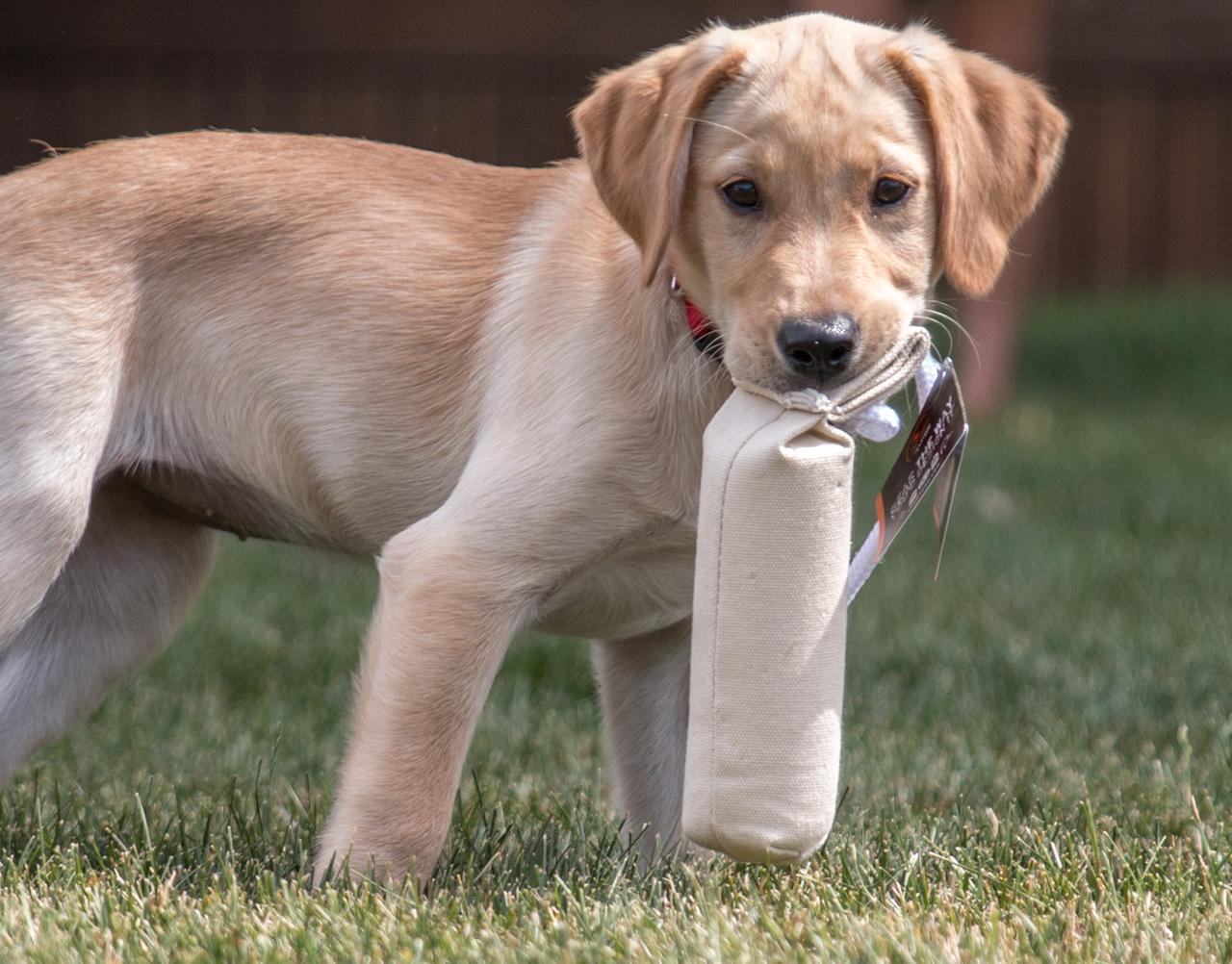
Training Your Retriever with Dummies
Posted by The SportDOG StaffTraining a retriever can be one of the most rewarding experiences any hunter can have. There's no secret formula: just patience, repetition, perseverance, consistency and the knack to predict reactions. In a nutshell, the trainer's gotta be a bit sharper than their student. It's not always as straightforward as it seems. The goal for the hunter is to have a well-trained, well-behaved hunting mate that's easy to have around and doesn't get in the way of their ability to hunt and enjoy the few days a year we all get to nick off from the boss and the phone.
Puppies should be started at seven weeks with playful games using the small dummies with a few drops of scent. Tease the pup with the dummy and toss it a few metres. Your excitement will pump him up. This should be fun! As he starts after the dummy call his name. This will be his release later. As soon as he gets to the dummy, start blowing the Roy Gonia™ whistle and start legging it away from him. In the excitement, he might drop the dummy. No worries; he reckons you're leaving him. If he does drop it, just have another go.
When he does catch you with the dummy in his gob, take it from him and praise him non-stop. Let him know he's done good with your voice and pats. Make sure to get down to his level as a big person can be really intimidating to a ten pound pup. Repeat this a few times until he's got it sorted. Keep these sessions to about 15 minutes so as not to bore him. This should all be fun and exciting for the little tacker. If you can do this exercise a couple of times a day for a fortnight, your pup will start to get keen every time you pick up the dummy. That's what you're after!
It's good if during these sessions you can be isolated from any other activities and people. The pup's attention span is very limited at this age and any distractions will deter from his response. Also do not play tug-of-war with the dummy. This can cause serious problems later with real game.
The pup should, after several sessions, be keen as mustard to fetch this funny looking bird. When he brings it to ya now, kneel down and meet him when he comes back with the dummy. This time, don’t nick the dummy off him straight away. Instead, hold him by the collar, making sure he doesn’t drop the dummy, and show him how to sit, still holding the dummy. Give him a pat and calm him in a reassuring voice until he’s comfy sitting and holding. From here on, never take the dummy until he’s in the sitting position.
When takin' the dummy from him, always use the same word(s) and never play tug-of-war! When takin' it, give the command, (e.g. drop, give, ta), place one hand on the collar to control him and grab the dummy, twistin' it so it'll roll out with pressure applied up against his upper jaw. This will allow for a smooth, easy release. Some pups like to hold on tight. If this is the case take the hand off the collar and wrap this hand over the top of his snout down to his canines, makin' sure his lips are between your finger and his canines. Apply a slight amount of pressure on his lips against his teeth. This is a minor pain but works well to remind him that the dummy's yours. When the dummy is free, heap on the praise. He’s been a good boy! You're lettin' him know that his job is to fetch that dummy for you and bring it back and hold it until you take it.
Read your dog. Every dog is different; they learn and stay interested for different lengths of time. Learn from these lessons when he becomes bored and disinterested. Fatigue and disinterest are easy to 'read' and the duration of these sessions should be tempered by your awareness of these factors.
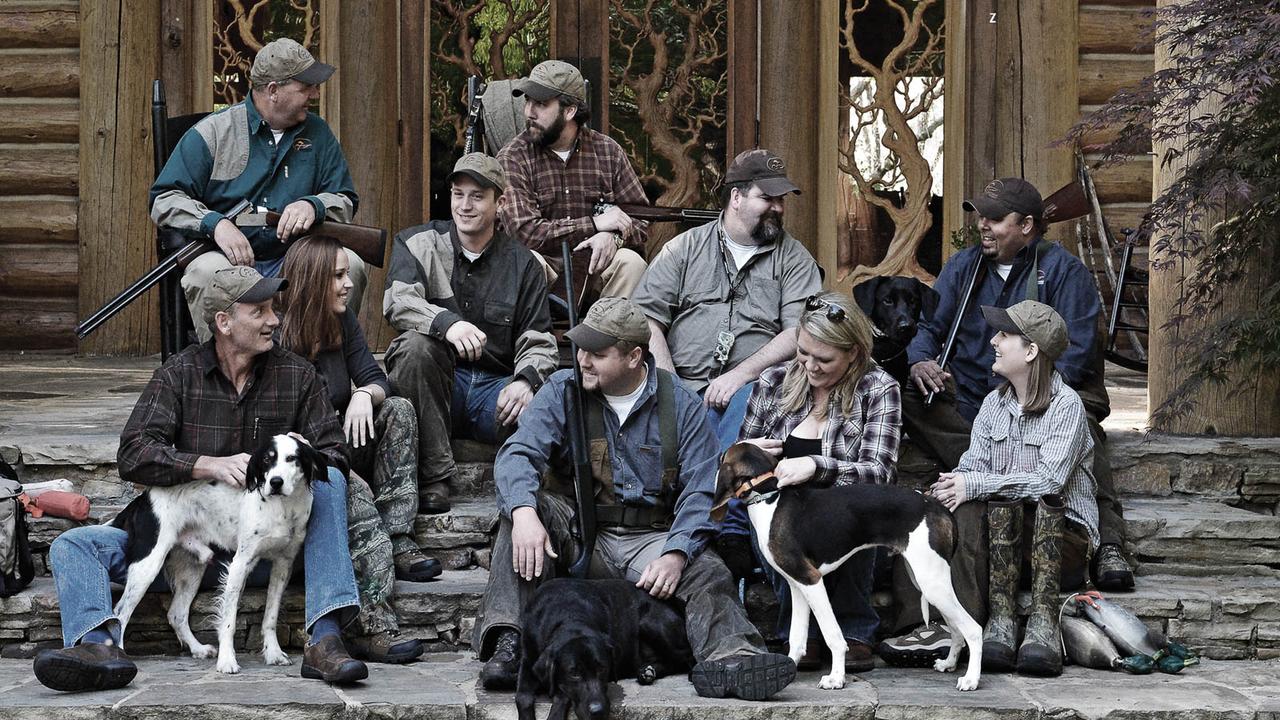
The SportDOG Staff
Related Articles
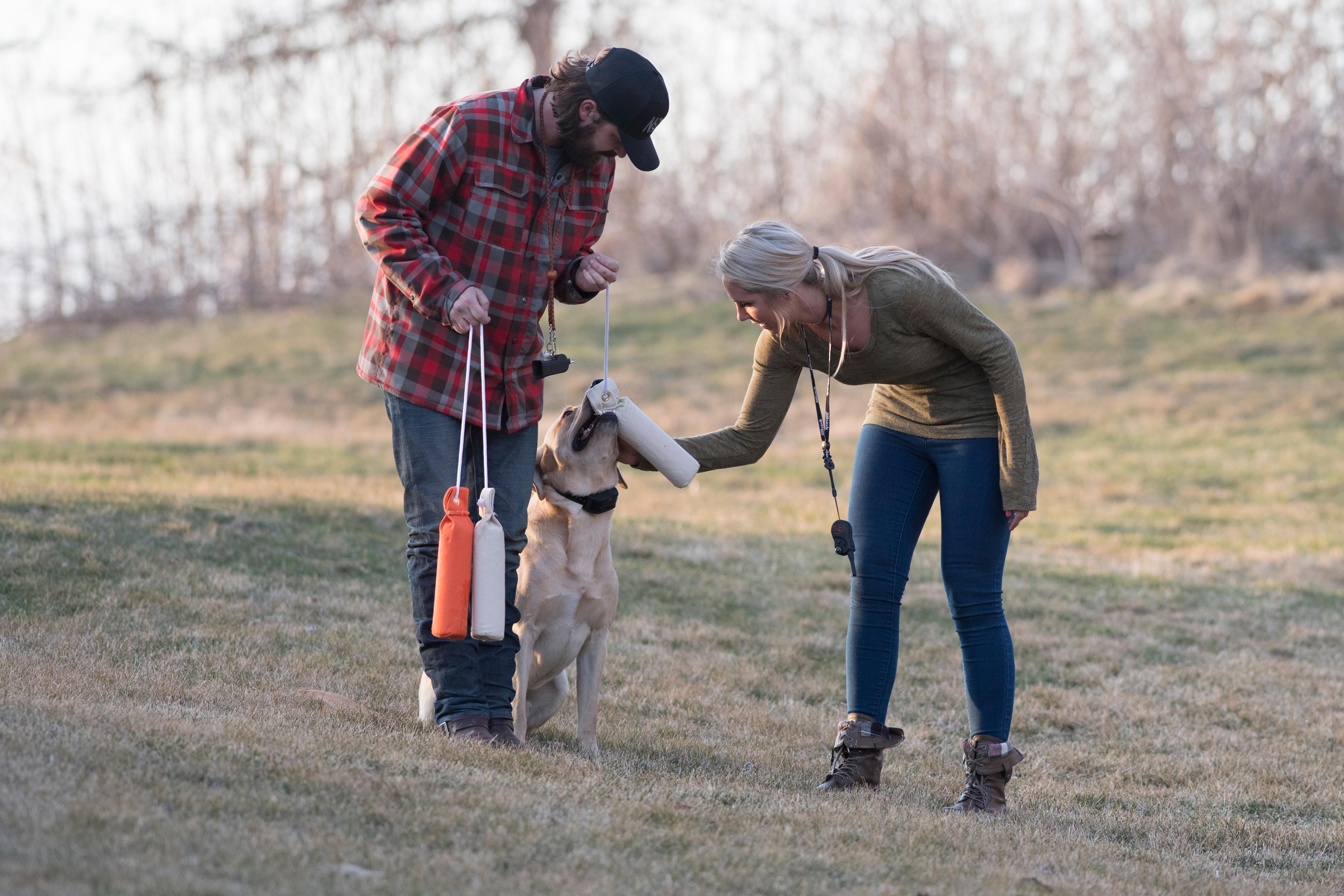
Keeping the Fun in Retriever Training
by Ethan Kimmince
Wouldn’t it be nice in the middle of a rough day if someone stopped by and said a few words that made all your worries disappear? Straight away your negative feelings would vanish and you’d be happy. Well, in retriever training, there’s something that can have that effect on...
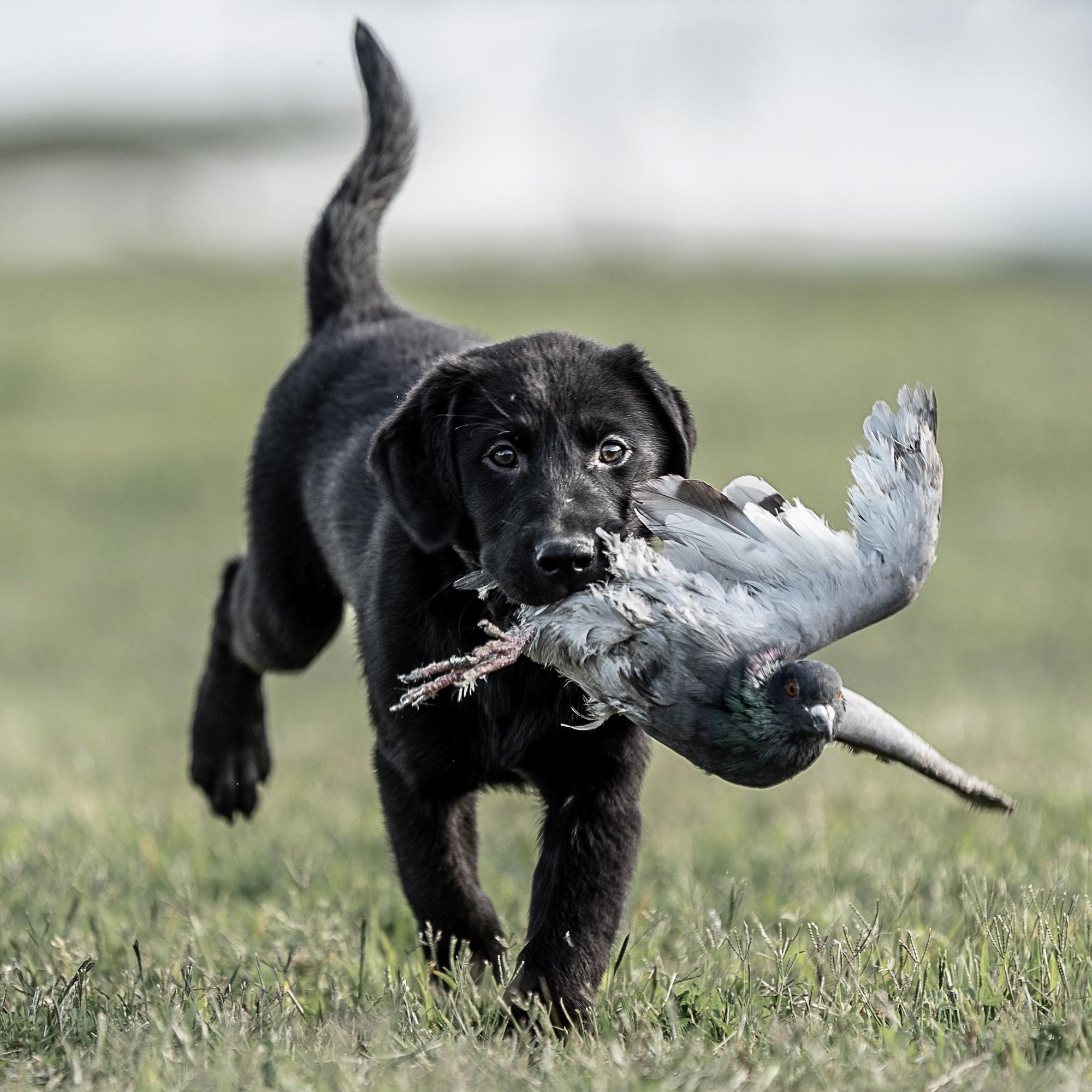
Make Your Upland Retriever Mad for Feathers
by Tom Dokken
There's nothing better than a hard-charging flushing dog that's absolutely crazy for birds. But how do you make sure your young retriever will turn out like that? Here are the steps I use. You can introduce your retriever to feathers when he is very young, say up to 12 weeks....
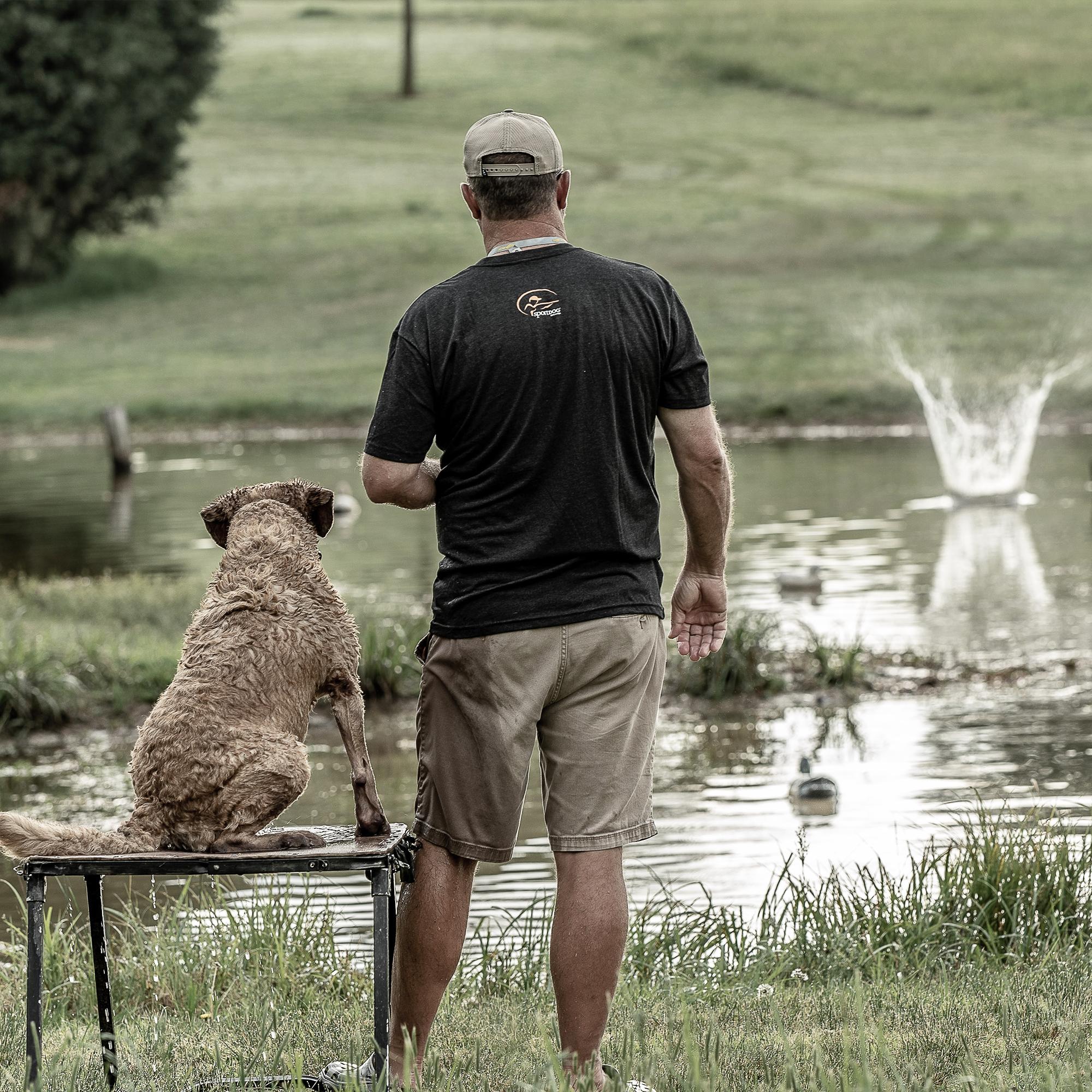
Building a Reliable Retriever
by Tom Dokken
A retriever that stays calm in a duck hide and focuses on watching birds drop is a joy to hunt with. In a perfect world, that's how all retrievers would carry on. While a steady retriever is something that most hunters want, the reality is that very few retrievers are truly...
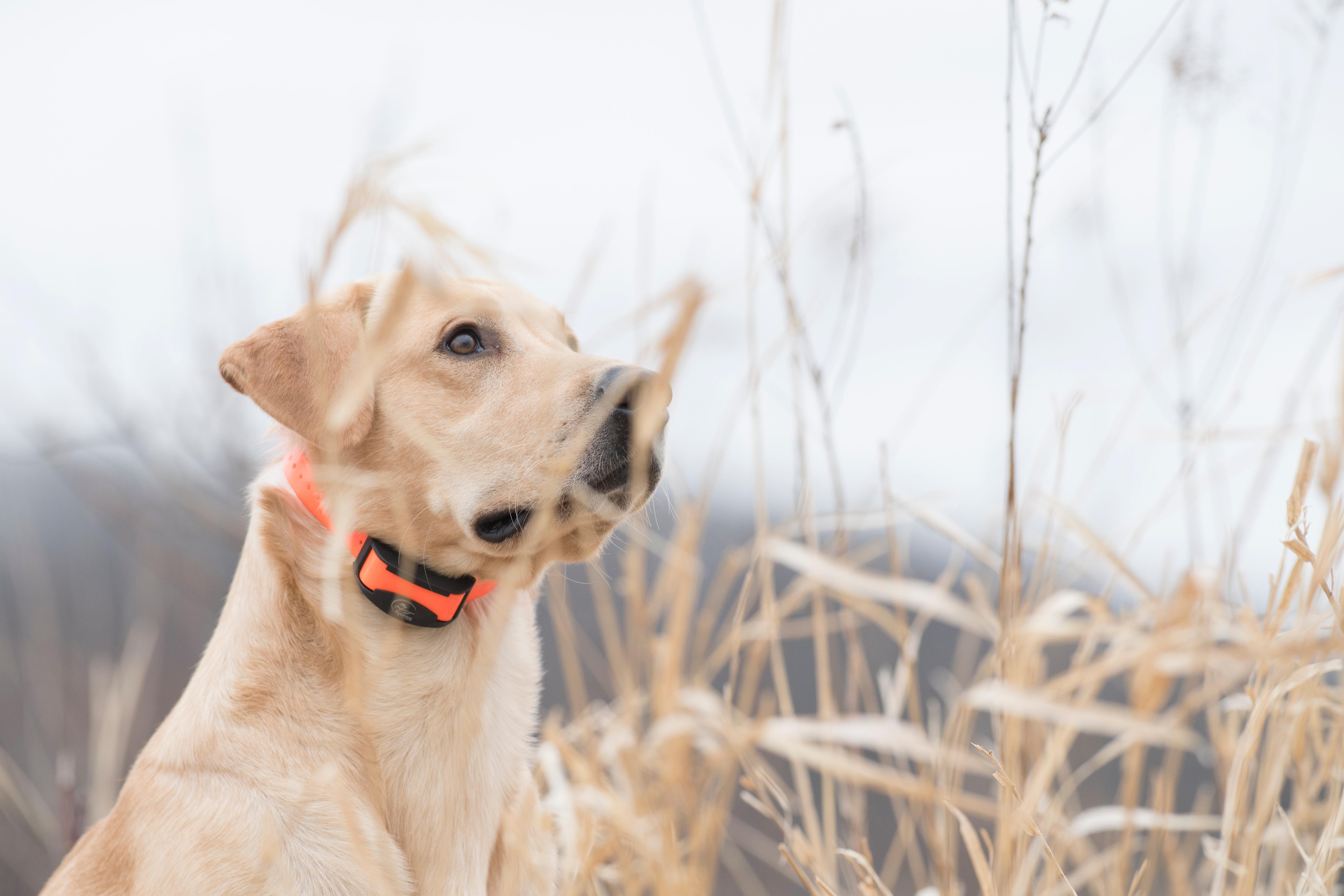
Getting Your Retriever in the Thick of Things
by Rick Grant
If you were gonna go pheasant hunting on a farm where you'd never been before, where would you start your search? You'd probably head for the thickest scrub 'cause you know that's where birds feel safest and therefore tend to hang out the most, right? Well, when you...
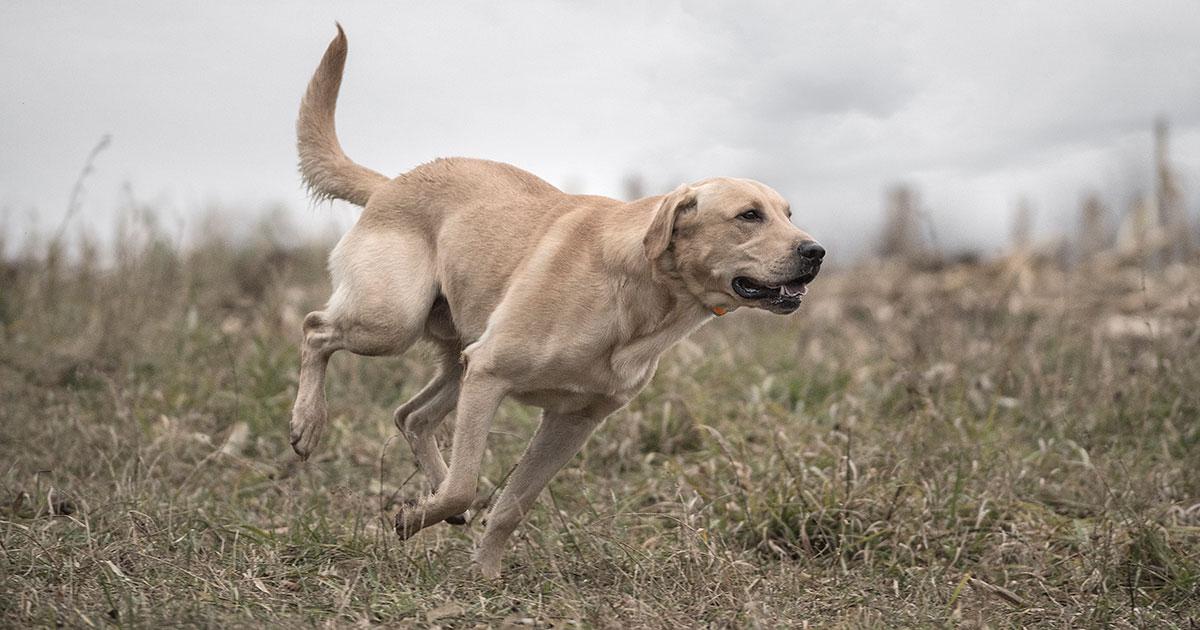
Introducing Your Retriever to Upland Hunting
by Rick Grant
One of the most common questions I'm asked when I'm doing training demos for SportDOG is this one: “How do I keep my retriever hunting within range?” Without a doubt, keeping your dog from getting too far ahead of you when he gets a whiff of a...
